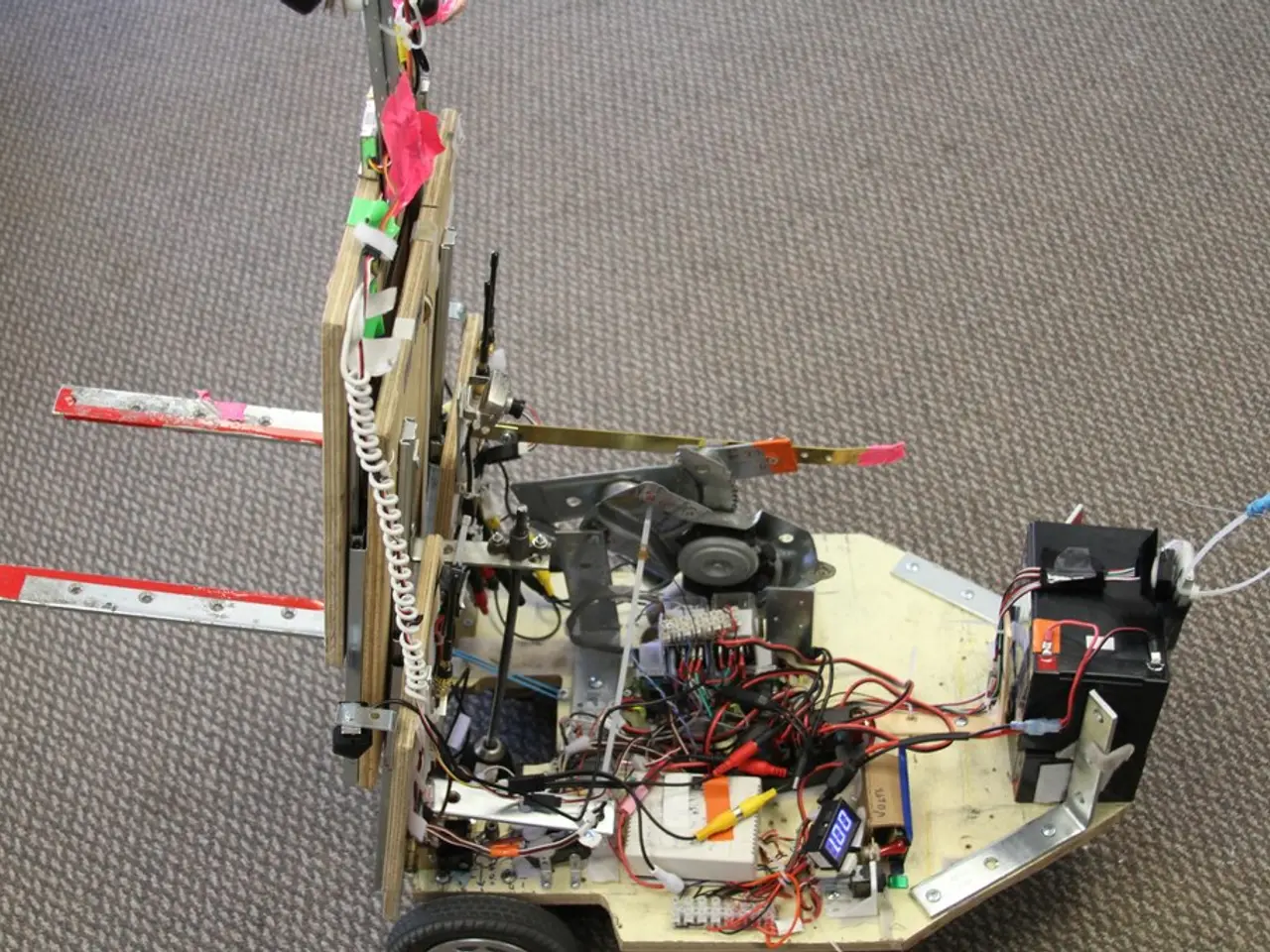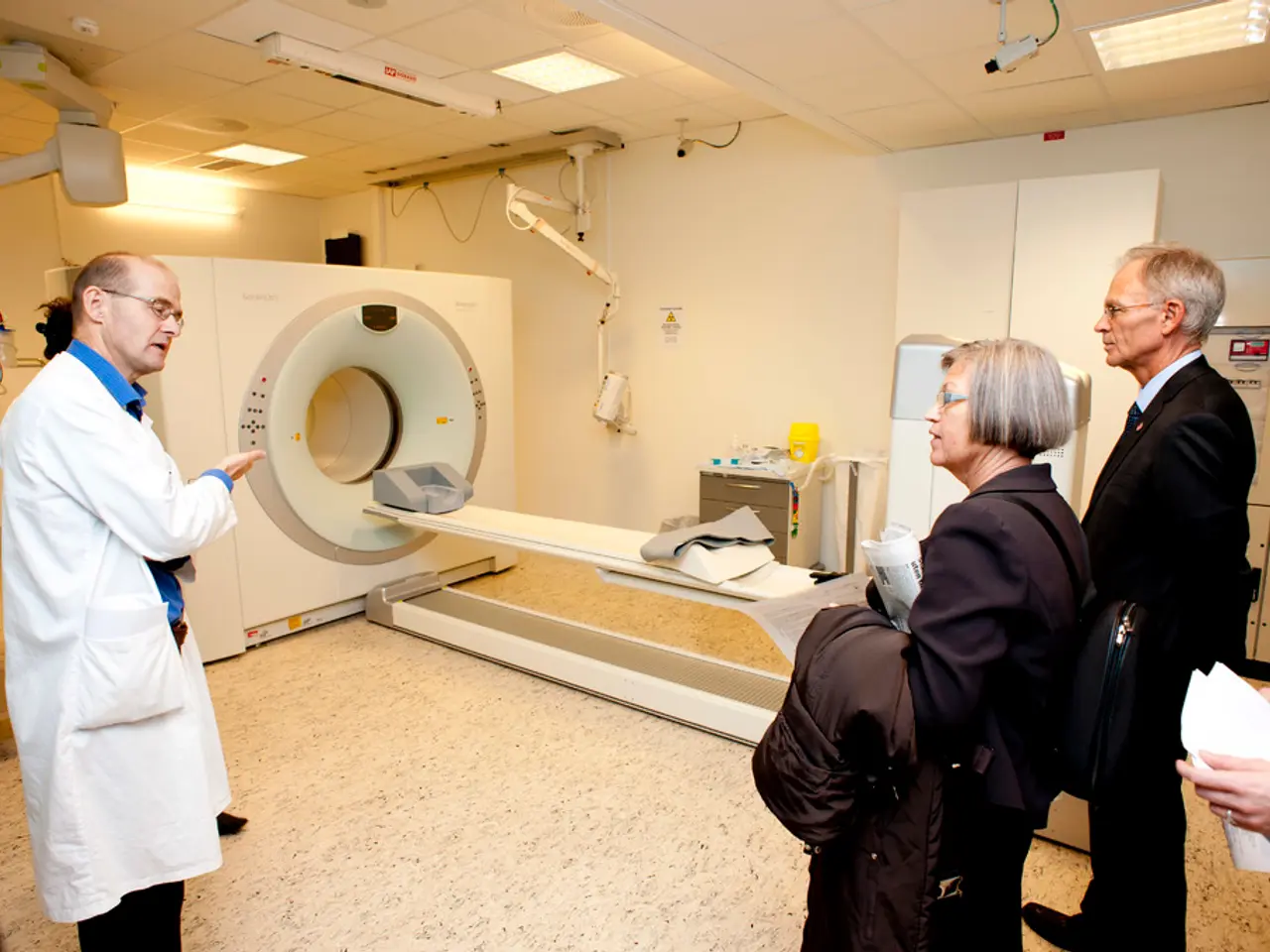Suspected Hacker Arrested for Alleged Data Breach on August 9, 2024
In the year 2024, the fitness technology landscape is undergoing a significant transformation, focusing on integrated wearable technology, IoT connectivity, AI-driven personalization, and home-use fitness equipment.
Leading the charge is the integration of wearable technology, with smartwatches and fitness trackers dominating the market. These devices, equipped with advanced sensors such as ECG, oxygen, and sleep monitoring, enable real-time personalized health and fitness tracking. The sector accounted for a 33.41% revenue share in the smart fitness market in 2024.
IoT technology plays a crucial role in connecting wearables, gym equipment, and apps into comprehensive health ecosystems. This innovation accounted for 37.40% of the smart fitness market revenue in 2024, facilitating real-time data collection and integrated user experiences.
Artificial intelligence is increasingly being used to analyze individual data, offering tailored exercise plans, real-time form corrections, and adaptive workouts that evolve with user progress. This personalized coaching revolutionizes the fitness experience, making workouts more effective and enjoyable.
The rise of connected fitness and hybrid models supports personalized and smart workouts at home and in-person experiences. The demand for at-home fitness options, sustained post-pandemic, is being met by the USD 1.228 billion connected gym equipment market in 2024.
Functional fitness equipment and training modalities are gaining renewed emphasis. Suspension training, kettlebells, sandbags, balance/mobility tools, and functional training machines that replicate real-world movements are becoming popular. These tools enhance stability, coordination, and injury prevention.
A holistic fitness approach is influencing fitness technology to support overall well-being. Integrating mindfulness and recovery metrics with traditional exercise data is becoming the norm, reflecting the growing attention to mental health alongside physical fitness.
Health monitoring is more accessible than ever, with features like sleep tracking and stress management tools. Nutrition trackers monitor food intake and analyze meals for calorie counts, macronutrients, and overall health profiles.
Virtual reality workouts immerse users in engaging environments for enjoyable exercise experiences. Fitness tech gadgets provide real-time data on metrics like heart rate, calories burned, and distance. Smart scales and body composition analyzers offer insights into body fat percentage, muscle mass, water levels, and bone density.
Wireless earbuds, designed for sweat-resistant technology, are ideal for intense training sessions. These gadgets foster motivation through challenges, social sharing options, and personalized insights. Virtual reality workouts adapt to user skill levels, making them accessible for everyone.
Customization is a key advantage, as gadgets help tailor workouts to individual needs and goals. Biofeedback devices offer real-time feedback on physiological functions, such as heart rate variability, muscle tension, and breathing patterns. Integrating fitness technology into daily routines makes staying active effortless with reminders and guided exercises.
Virtual reality workouts offer immersive, engaging environments for enjoyable exercise experiences. Biofeedback devices help users optimize training by adjusting intensity levels based on biofeedback data and promote mindfulness in exercise routines. Wireless earbuds enhance workout experiences with high-quality sound, noise-cancellation features, and long battery life.
Syncing smart water bottle and nutrition tracker data provides insights into how nutrition affects performance. Virtual personal trainers offer customized workout plans through intuitive apps designed for every fitness level. Wireless earbuds enhance workout experiences with high-quality sound, noise-cancellation features, and long battery life.
Wearable fitness trackers are popular for tracking steps, heart rates, and calories burned. Fitness technology is rapidly evolving, transforming the approach to health and wellness. Many virtual reality workout platforms offer social features, allowing users to work out with friends or compete globally.
High-tech smart water bottles remind users to stay hydrated throughout the day. High-tech smart water bottles track real-time water intake and provide reminders based on activity levels and environmental factors. Smartwatches combine style with functionality for seamless workout tracking and staying connected.
Biofeedback devices provide immediate feedback on physical exertion during workouts. As the fitness technology landscape continues to evolve, it bridges the digital and physical worlds, offering a smart, connected, and personalized experience for users seeking to improve their health and wellness.
- In 2024, fitness technology is centered around wearable technology, IoT connectivity, AI-driven personalization, and home-use equipment, revolutionizing the health and fitness landscape.
- The smart fitness market sees a significant share from wearable technology, as smartwatches and fitness trackers equipped with advanced sensors dominate, offering real-time personalized health and fitness tracking.
- IoT technology plays a vital role in fitness, connecting wearables, gym equipment, and apps into comprehensive health ecosystems, accounting for nearly 40% of the revenue share in the smart fitness market in 2024.
- Artificial intelligence is used to analyze individual data, providing tailored exercise plans, real-time form corrections, and adaptive workouts, making workouts more effective and enjoyable.
- The rise of connected fitness and hybrid models supports personalized and smart workouts at home and in-person, fueling the growth of the USD 1.228 billion connected gym equipment market in 2024.




